Ventricular Fibrillation
When time is of the essence, you can rely on our highly trained critical care and heart specialists to treat ventricular fibrillation with compassion and skill.
Medically reviewed by M. Bilal Munir, M.D. on May 25, 2023.
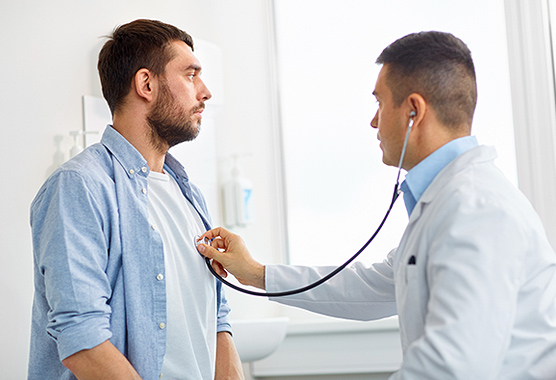
Understanding Ventricular Fibrillation
Ventricular fibrillation (VFib) is a dangerous abnormal heart rhythm, or arrhythmia. VFib occurs when your heart’s electrical activity causes its lower two chambers, known as ventricles, to quiver instead of beating and pumping blood normally.
VFib can lead to death unless it is treated right away. Typical treatment is an electrical shock to the heart (defibrillation).
Once you are medically stable, our cardiac electrophysiology specialists work with you to develop a personalized treatment plan. Our expert team at UC Davis Health can help reduce your risk of returning symptoms.
Symptoms of Ventricular Fibrillation
The most common sign of VFib is loss of consciousness.
Common Symptoms
Early signs of ventricular fibrillation include:
- Chest pain
- Difficulty in breathing or extreme shortness of breath
- Dizziness
- Fainting or near fainting
- Nausea
- Rapid, fluttering heartbeat
- A feeling of skipped or extra heart beats
Emergency Symptoms
Ventricular fibrillation can cause sudden cardiac arrest, which is a medical emergency. Call 911 if you or a loved one show signs of sudden cardiac arrest, including:
- Loss of consciousness
- Sudden collapse
- No pulse
- Gasps for breath or halted breathing
Causes of Ventricular Fibrillation
VFib can occur due to several underlying conditions or events, including:
Lack of Blood Flow to the Heart
If your heart muscle doesn’t get enough blood, its natural electrical rhythm can become unstable and unsafe. Angina (chest pain) can result when your heart does not have enough blood flow. You can have a heart attack when your heart doesn’t get enough blood.
Damage to the Heart Muscle
If your heart muscle has been damaged from a prior inflammation or previous heart attack, that tissue may not get enough blood flow.
Cardiomyopathy
Cardiomyopathy is a condition that thickens the tissue of your heart and makes it more likely to form scars.
Heart Surgery
During heart surgery, your heart muscle may become damaged, or the heart’s electrical system may become over-excited, leading to VFib.
Sudden Cardiac Arrest
Cardiac arrest happens when your heart suddenly stops beating. A blunt, nonpenetrating blow to the chest, such as being hit directly with a baseball, can disrupt your heart rhythm and cause cardiac arrest and VFib.
Heart Abnormalities at Birth
VFib can result from changes to the structure or function of your heart present since birth.
Drug Toxicity
Some prescribed medications, especially drugs which treat other rhythm disorders, and illegal drugs, such as amphetamines or cocaine, can disrupt your heart’s conduction system.
Sepsis
Sepsis, a severe internal infection throughout your bloodstream, can cause unsafe heart rhythms, including VFib.
Unsafe Potassium Levels
Potassium is an electrolyte that affects your heart’s natural electrical activity. Very high or very low levels of potassium in your blood can lead to irregular heartbeats.
Electrocution Accidents
Electrocution, such as being struck by lightning, or high-voltage injuries, can interfere with your heart’s normal electrical rhythm.
Risk Factors for Ventricular Fibrillation
Risk factors for VFib include:
High Blood Pressure
If you’ve had a history of high blood pressure, you may have reduced blood flow to your heart.
Heart Attack
During a heart attack, the blood flow to your heart gets blocked and your heart doesn’t receive enough blood. If you’ve previously had a heart attack, the lasting damage to your heart muscle may also reduce your blood flow.
Heart Abnormalities
Structural damage or changes to your heart, such as heart abnormalities at birth, heart valve disease, or a thickened heart muscle, can all increase your risk for VFib.
Diagnosis and Testing for Ventricular Fibrillation
Physicians can diagnose VFib through cardiac monitoring that shows your heart’s electrical activity.
In a clinic office or hospital, a physician will perform cardiac monitoring with an electrocardiogram (EKG or ECG), which provides a detailed recording of your heart’s electrical activity from multiple perspectives.
However, early diagnosis is rare. Most of the time, someone has already had cardiac arrest due to VFib before they see a physician. Often an emergency medical technician (EMT) diagnoses the condition in the field, and an individual seeks out further evaluation and treatment for VFib later on.
Treatments for Ventricular Fibrillation
The immediate treatment for VFib is emergency care. After your care team has stabilized you, they may recommend medications or implantable or wearable devices to control your symptoms.
Defibrillation
This is emergency care, in which another person delivers an electrical shock to your chest through an external device called a defibrillator. The purpose of the shock is to restore your heart’s normal rhythm.
Cardiopulmonary Resuscitation (CPR)
You may also require cardiopulmonary resuscitation (CPR). CPR is life-saving intervention when others perform chest compressions to maintain blood flow to your vital organs.
Heart Medications
Your physician may prescribe anti-arrythmia medications to help your heart maintain a normal rhythm.
Implantable Cardioverter Defibrillator (ICD)
Your physician may recommend an implantable cardioverter defibrillator (ICD). This device detects dangerous heart rhythms and then automatically shocks your heart to restore its normal rate. It is implanted under your skin just beneath your collarbone.
Wearable cardioverter-defibrillator
Your physician may prescribe a vest-like device that you wear beneath your clothes. It monitors your heart rhythm and shocks your heart if you develop VFib. You wear it 24 hours a day, except when you are in the bath or shower.
Request an Appointment
As Sacramento's No. 1 hospital, you'll benefit from unique advantages in primary care and specialty care. This includes prevention, diagnosis and treatment options from experts in 150 specialties.
Referring Physicians
To refer a patient, submit an electronic referral form or call.
800-4-UCDAVIS
Patients
Call to make an appointment.
Consumer Resource Center
800-2-UCDAVIS
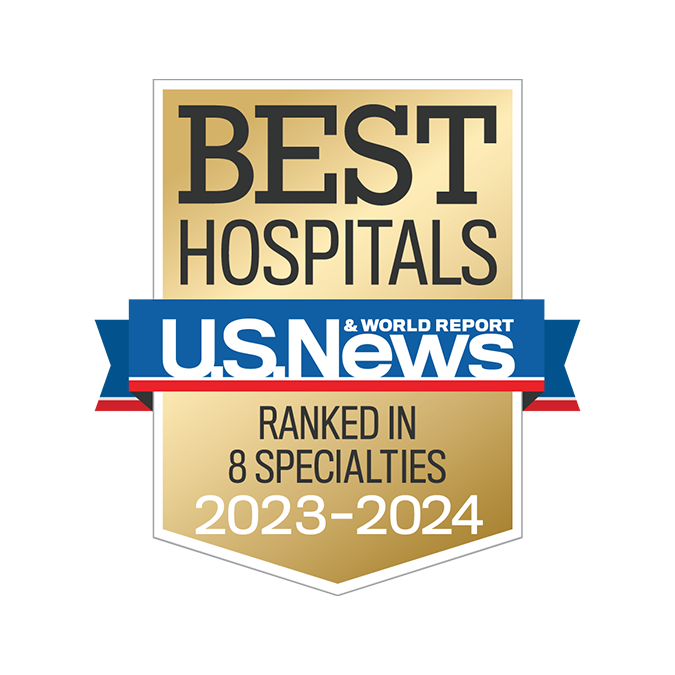
Ranked among the nation’s best hospitals
A U.S. News & World Report best hospital in cardiology, heart & vascular surgery, diabetes & endocrinology, ENT, geriatrics, neurology & neurosurgery, and pulmonology & lung surgery.

Ranked among the nation’s best children’s hospitals
U.S. News & World Report ranked UC Davis Children’s Hospital among the best in pediatric nephrology, orthopedics*, and pulmonology & lung surgery. (*Together with Shriners Children’s Northern California)

Ranked Sacramento’s #1 hospital
Ranked Sacramento’s #1 hospital by U.S. News, and high-performing in aortic valve surgery, back surgery (spinal fusion), COPD, colon cancer surgery, diabetes, gynecological cancer surgery, heart arrhythmia, heart failure, kidney failure, leukemia, lymphoma & myeloma, lung cancer surgery, pacemaker implantation, pneumonia, prostate cancer surgery, stroke, TAVR, cancer, orthopedics, gastroenterology & GI surgery, and urology.
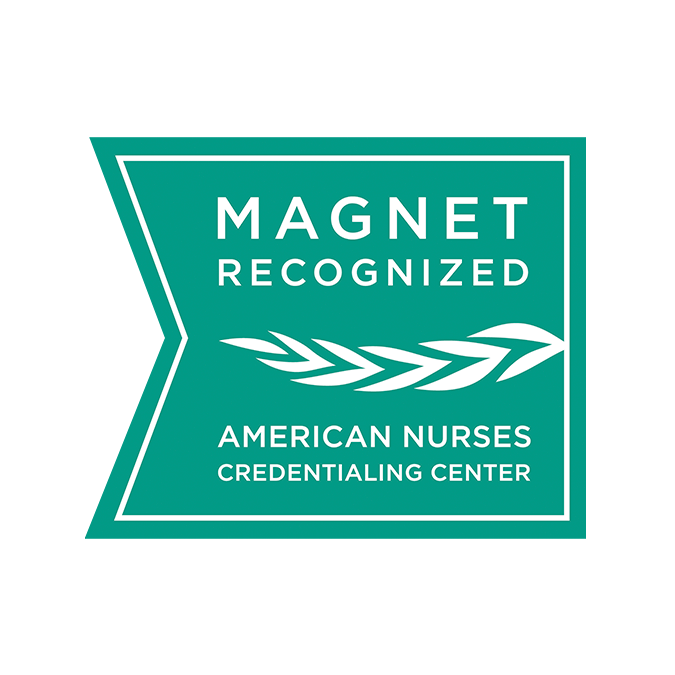
The nation’s highest nursing honor
UC Davis Medical Center has received Magnet® recognition, the nation’s highest honor for nursing excellence.
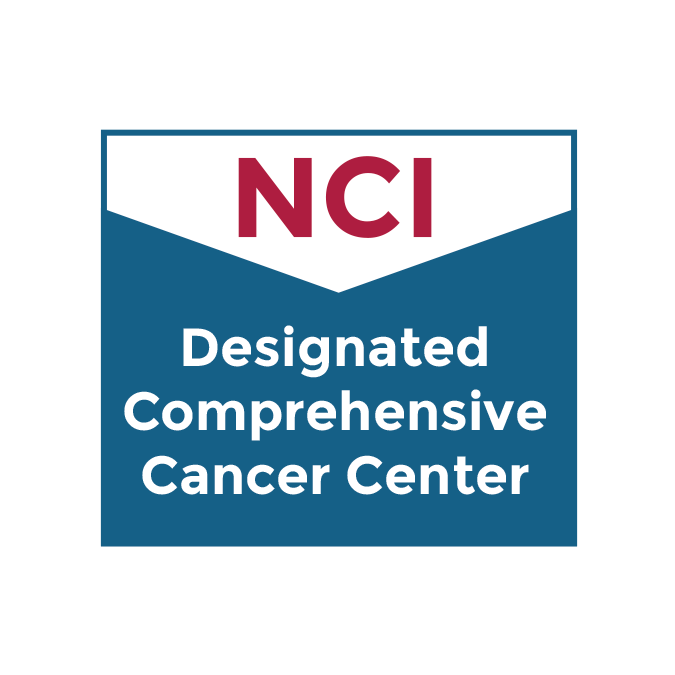
World-class cancer care
One of ~59 U.S. cancer centers designated “comprehensive” by the National Cancer Institute.
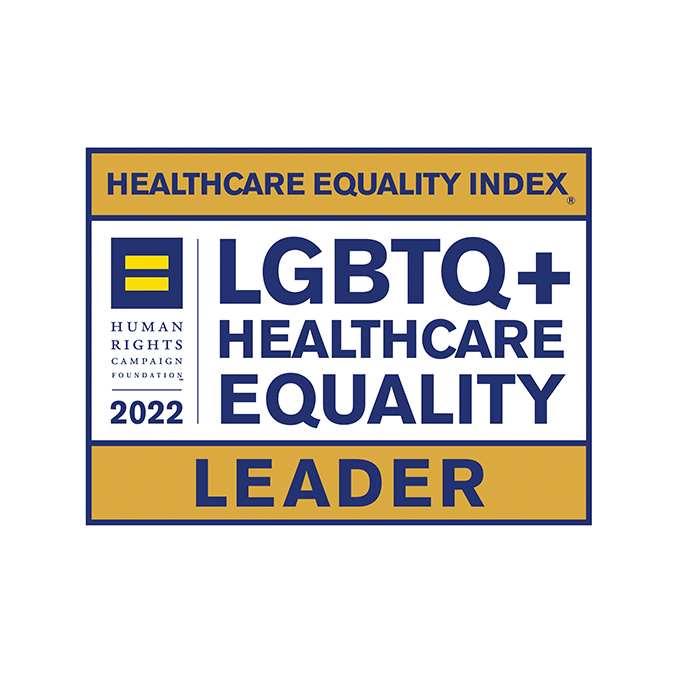
A leader in health care equality
For the 13th consecutive year, UC Davis Medical Center has been recognized as an LGBTQ+ Healthcare Equality Leader by the educational arm of America’s largest civil rights organization.

